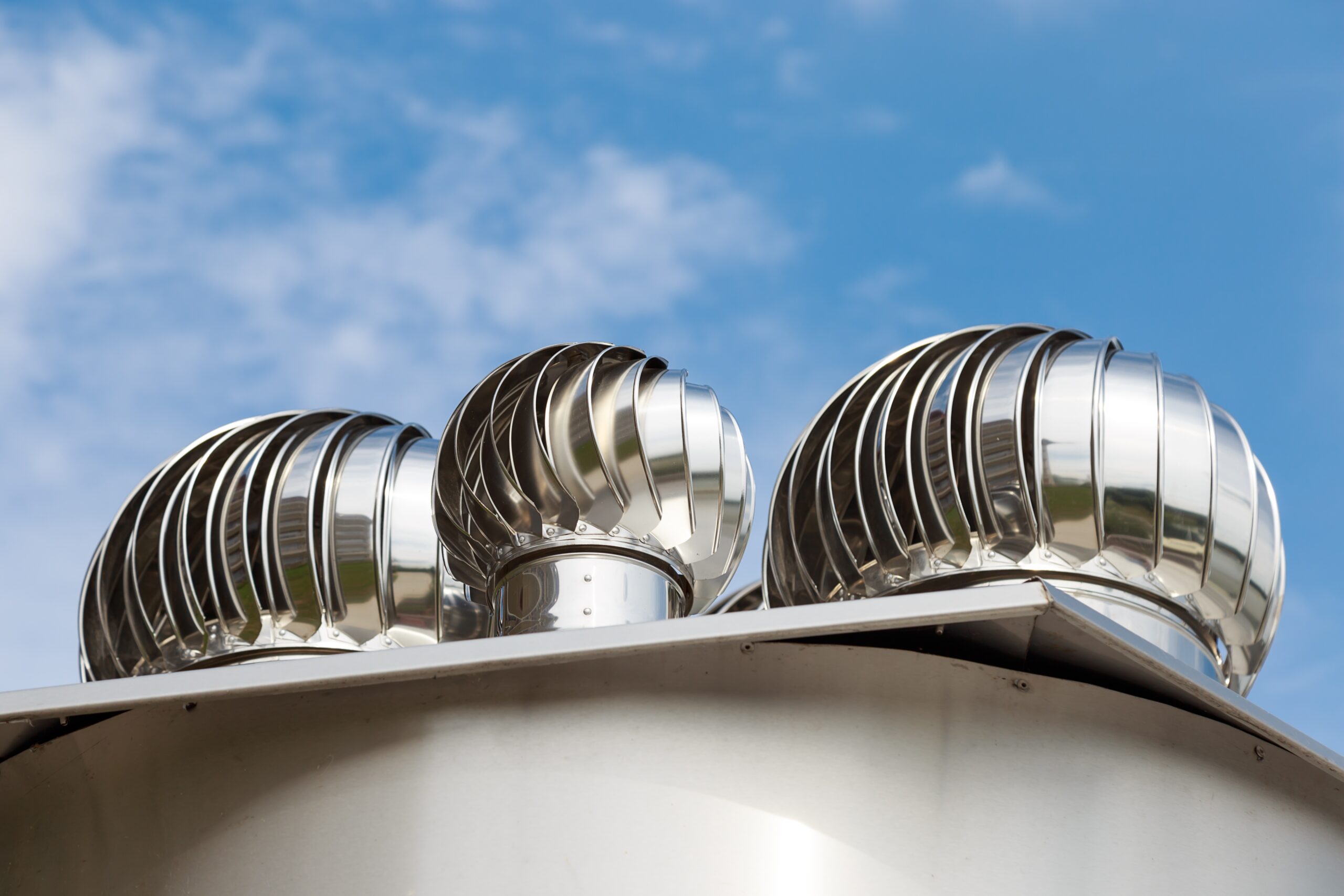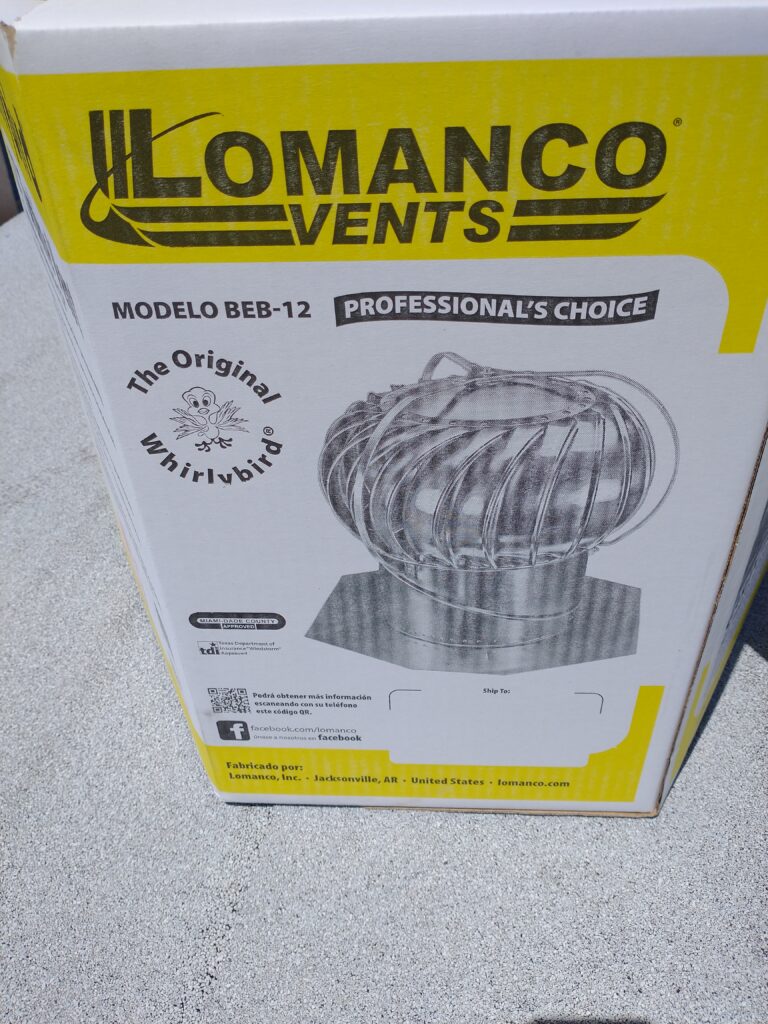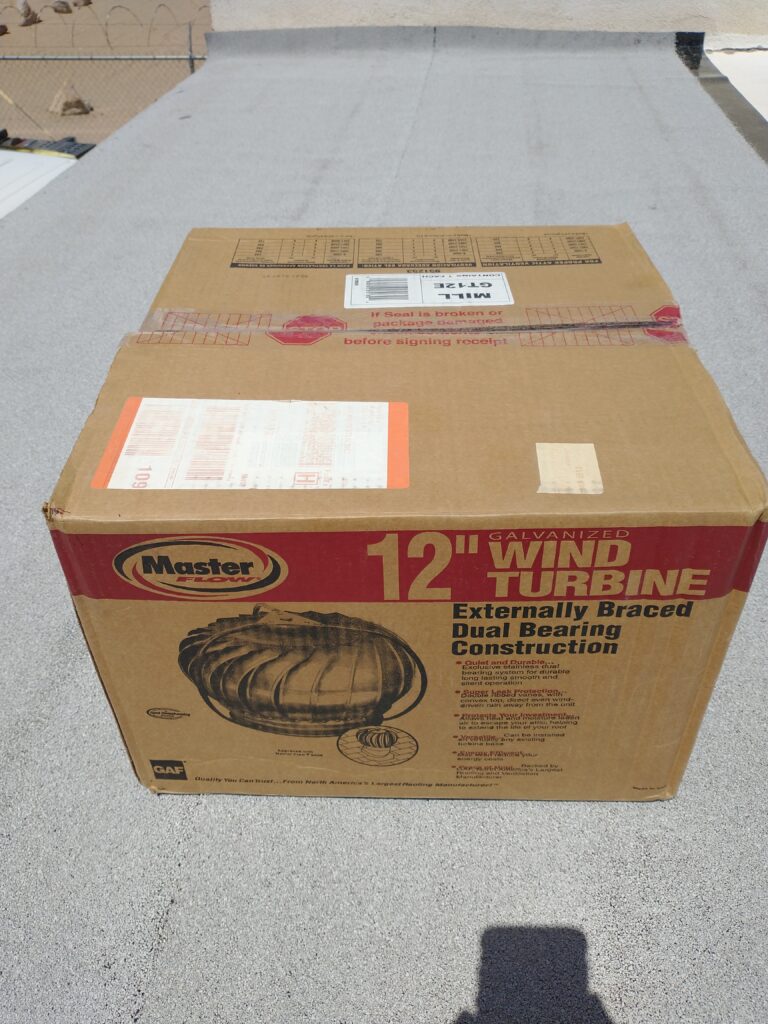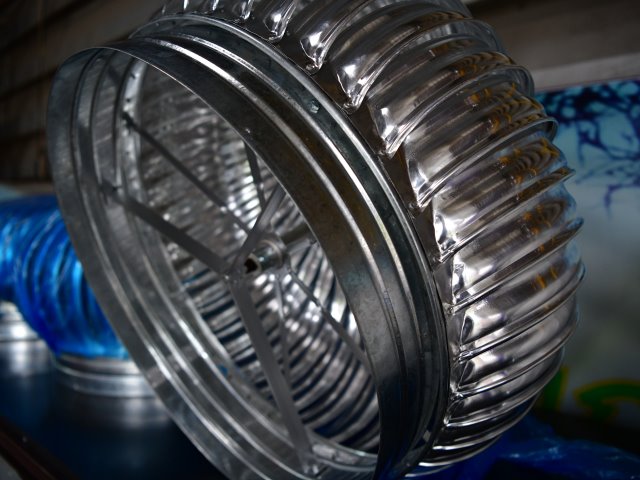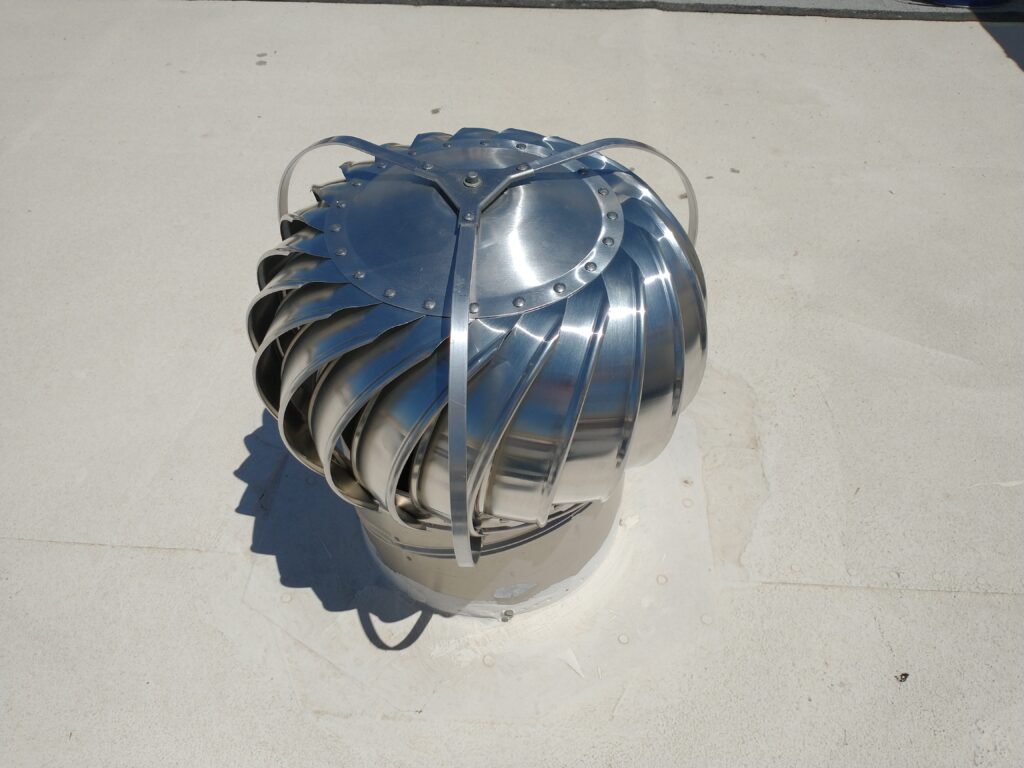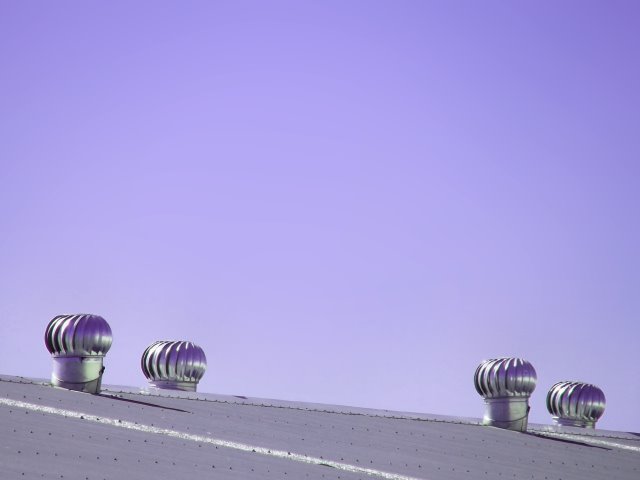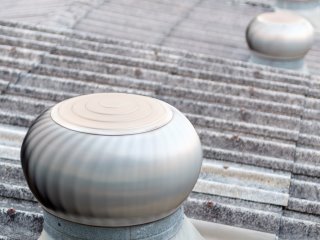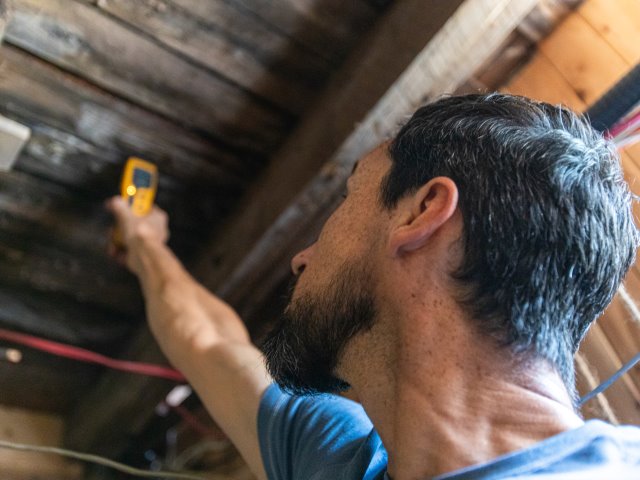Shed ventilation is so important to protect the items you store in it. Without vents, sheds are unable to maintain moderate internal temperatures in attic spaces and can build up excess humidity or moisture leading to mold problems.
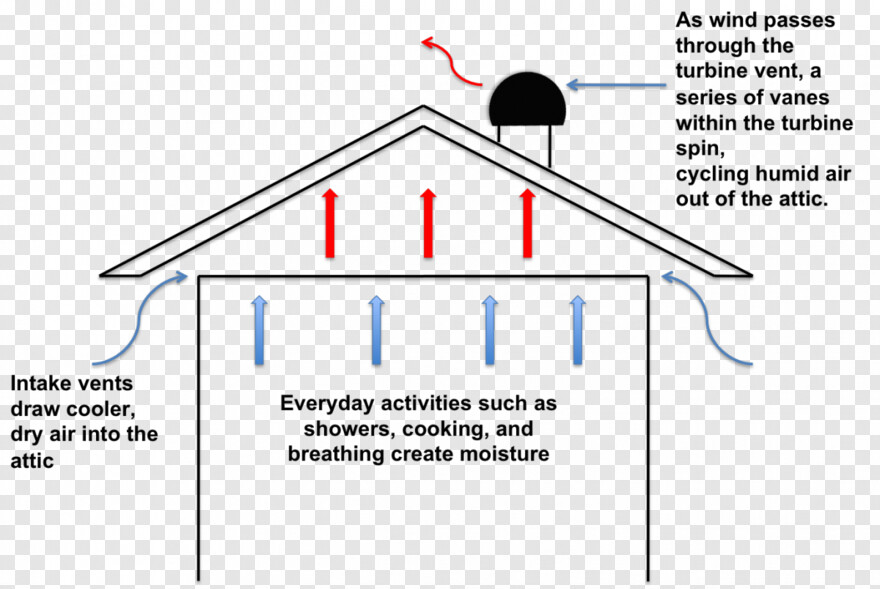
Why is Shed Ventilation Important?
Ventilating your shed properly provides sufficient airflow and is an important feature of your shed to prevent mildew and fume buildup from chemicals that you may store in your shed. Mildew can build up if the airflow is too passive, making your shed’s walls rot slowly so that you don’t notice it until it’s too late.
If you store chemicals, like gasoline, paint and paint thinner, or other items that you use only occasionally, you can make yourself sick when working on other projects.
Good shed ventilation is key to preventing these issues.
While there are numerous venting products and designs, this article will focus on turbine venting systems. Turbines are useful if your shed is prone to accumulating condensation, mildew buildup, or if you store chemicals.
Unfortunately, shed manufacturers don’t normally provide turbine vent types of roof ventilation, even though they are recommended to remove humid air and provide excellent ventilation. The primary reason for the focus on wind turbines style roof vents for your shed is they are extremely effective at venting hot attic air, odors, and moisture from a shed.
You may have seen roof turbine vents peek out of a shed roof and you wonder if they work well. Turbine vents have an efficient looking design and many people just like the way turbine vents look. It’s not often that you find a product that both looks good, and performs well. The simplicity of the design is fundamental to its performance. When there is a breeze or wind, the turbine is activated and starts to spin and “vacuums” out the hot air. The hot air is then replaced by cooler air coming in through the lower areas of the shed.
With all that said, if your shed does not have wall vents, ridge vents, or the passive ventilation system is not performing the way you expected, adding a turbine vent will improve the ambient conditions inside your shed. Likewise, just adding turbine vents helps, but effectiveness is amplified with proper passive vents.
Ventilate your shed so it can breathe…
As you will note, air circulation is important and also fairly simple to achieve in your shed. Be sure to find one or two ways to keep the air circulating in your shed so you, and your stored items, can breathe easily!
Once you have read about the benefits and advantages of the installation of vent turbines. we hope you get some turbine roof vents as a solution for the attic space of your shed!
The Pros And Cons Of Turbine Roof Vents
When analyzing turbines used for venting systems, we’re going to assume you have a basic understanding of airflow dynamics and how heat and cold affect air from the attic.
To properly ventilate your shed vents that use turbines are extremely effective at escaping warm from the attic, especially when coupled with secondary passive vents. As with any product, there are both pros, and cons:
INSERT PROS and CONS
Be Sure You Have the Correct Accessories Installed
You will know by now that good vents in your shed are a must, even if you are only using it lightly, or for long-term storage. Without a good venting system, your shed can experience excessive odors, and even mildew, mold, or rot on the building structure itself.
There are two types of vents that fit the bill best to supplement turbine vents: wall vents and ridge vents.
1. Wall Vents
Installing a wall vent, or vents, near the bottom of your shed walls lets fresh air in and enables dirty air to escape up through the turbine vents. With proper design, turbine style roof vents creation of airflow will be balanced. Note that your shed doesn’t necessarily need forced air.
At a minimum, two or more wall vents will allow air circulation into, and out of, your shed, and provide your walls and stored items the necessary air circulation they will need to stay safe.
2. Ridge Vents
Effects of a Window on your Roof Vents
A window install, or two, in your shed never hurts when you’re looking for roof vent circulation. Shed windows are great for extra airflow, especially during seasonal weather. They are also great for a many other reasons. Windows help create airflow when opened, sunlight, and also tend to make your shed look more attractive.
In summary, a turbine air vent, or vents, work best if your shed needs additional airflow, over and above basic passive airflow. It is not difficult to install a whirlybird roof vent.


